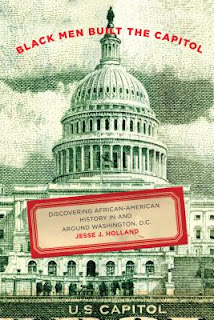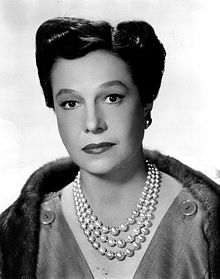 |
| Jean-Baptiste Andrea, photo by Vinciane Lebrun-Verguethen |
Jean-Baptiste Andrea is the author of the novel A Hundred Million Years and a Day, now available in an English translation by Sam Taylor. It was published in France last fall. Andrea also has written the novel Ma Reine, and in addition is a director and screenwriter.
Q: How did you come up with
the idea for A Hundred Million Years and a Day, and for your character Stan?
A: I always find it difficult
to track the origins of an idea. I remember the moment this particular one
happened: I was just standing in my study and bang, the whole story hit me.
If I do a bit of forensic
digging, it doesn’t come from nowhere, though. As a child, I first wanted to be
a writer, and was told it wasn’t really a job. So, for a while I decided I
would be a paleontologist instead. This new pursuit just lasted a few years,
until everybody realized I only had good grades in literature studies and would
probably never advance science.
Retrospectively, I wondered, “Why
did I ever want to go from writing to paleontology, such a different
path?” I realized there was a logical connection between a writer and a
paleontologist. They’re both storytellers. So, they’re not that different,
except the former tends to deal with fiction, the latter with historical facts.
Stan was born out of this
rather fertile common ground.
Q: You've said that the book
tells the story of a man who, “for the first time ever...decides to follow his
dreams. This is a book about the dreamers of the world.” What do you think the
novel says about following one's dreams?
A: Very simple. The novel
says, “Do it.” It’s not going to be easy, and you might not reach your goal.
But success is not reaching one’s goal - that’s a Western vision of the concept
of success, I think. Success is never giving up.
Q: Did you need to do any
research to write the book, and if so, did you learn anything that particularly
surprised you?
A: I tend to avoid research,
because it’s very easy to get bogged down, and then to impose your work on your
reader.
For me, and for the type of
novels I write, research is a distraction. All I did was reopen my old “paleontology
for dummies” manuals, and then check the latest discoveries, just to make sure
everything would be accurate. But we’re talking about a grand total of three
hours of research.
A Hundred Million Years and a
Day is not about paleontology anyway. It’s a personal quest, a man going
deeper into himself as he ascends a mountain, in a reverse narrative movement.
It's an adventure novel too, about nature and about friendship. The truth, if
it’s to be found in this book, lies not in science but in emotions.
I wasn’t surprised by any
single fact but like every time I read up about our history, I was awed by the
sheer scale of it. It’s hard to grasp (unless you’re a Creationist, then everything
becomes much easier).
Q: What has been the reaction
to the novel in France, where it was published last fall?
A: It was amazing. Even
better than my first novel, Ma Reine (My Queen), which had already enjoyed a
very warm reception, to say the least. I was actually worried readers might try
to hold me back, expect the same kind of novel from me. It didn’t happen.
Q: What are you working on
now?
A: My third novel. Won’t say
more until it’s finished!
Q: Anything else we should
know?
A: I’m a vegetarian, and I
could sometimes be accused of loving animals more than humans. I’m not proud of
it and I’m working on it.
--Interview with Deborah Kalb
































